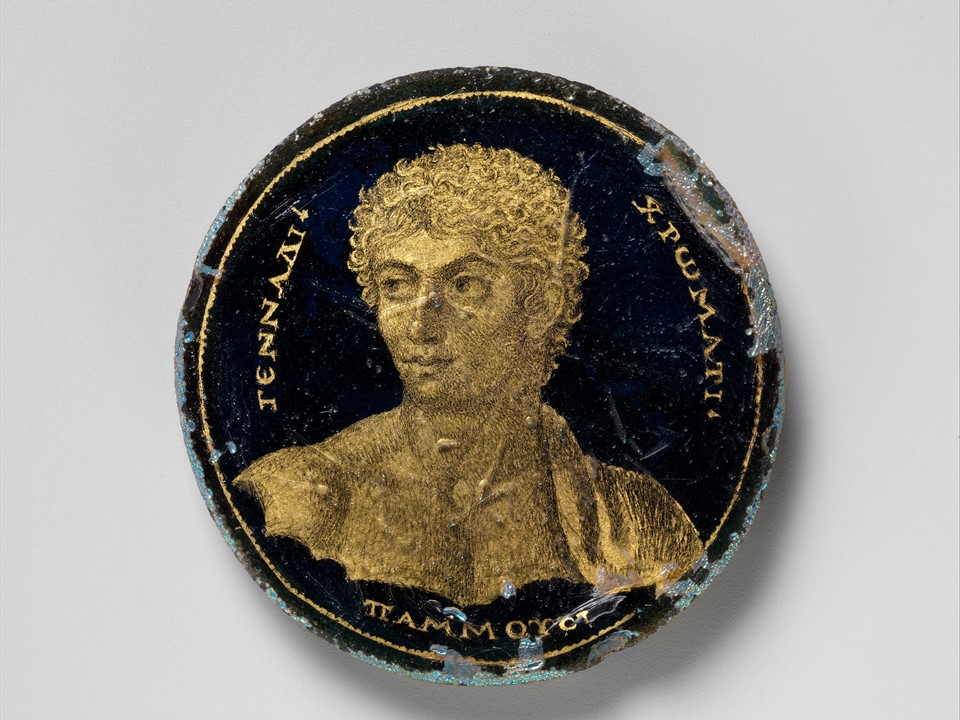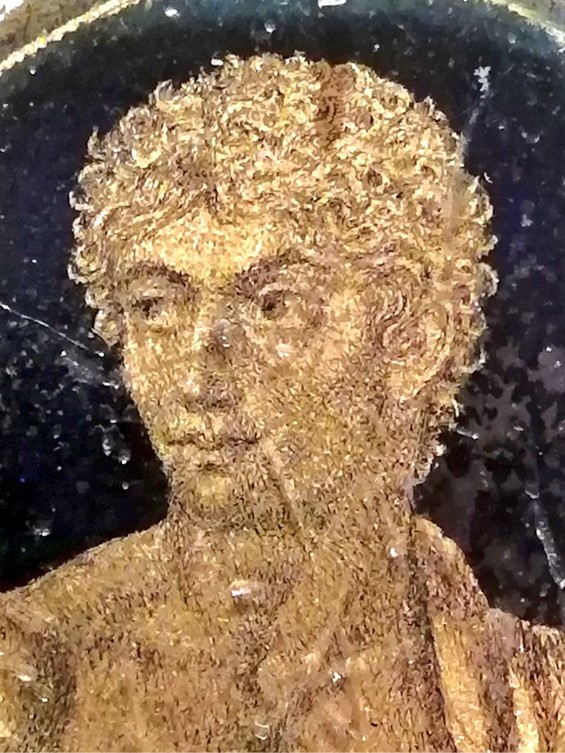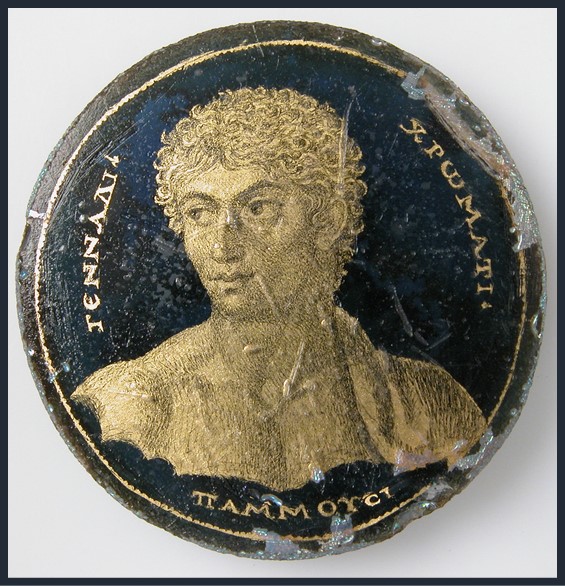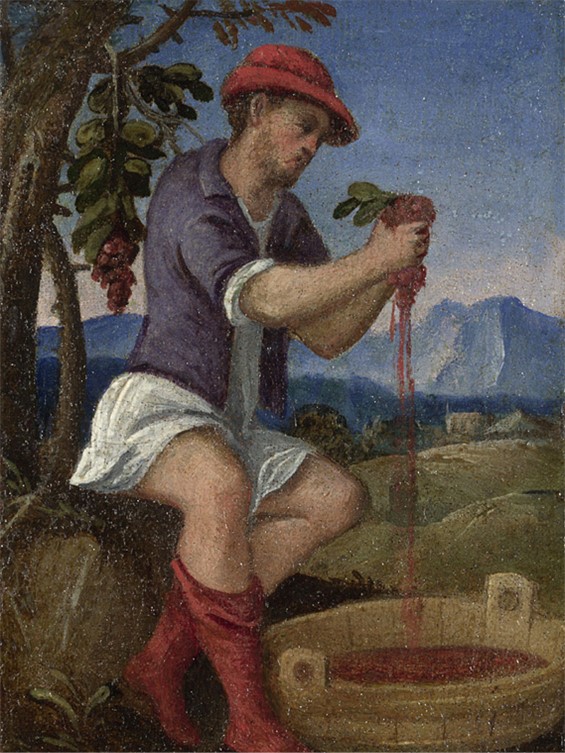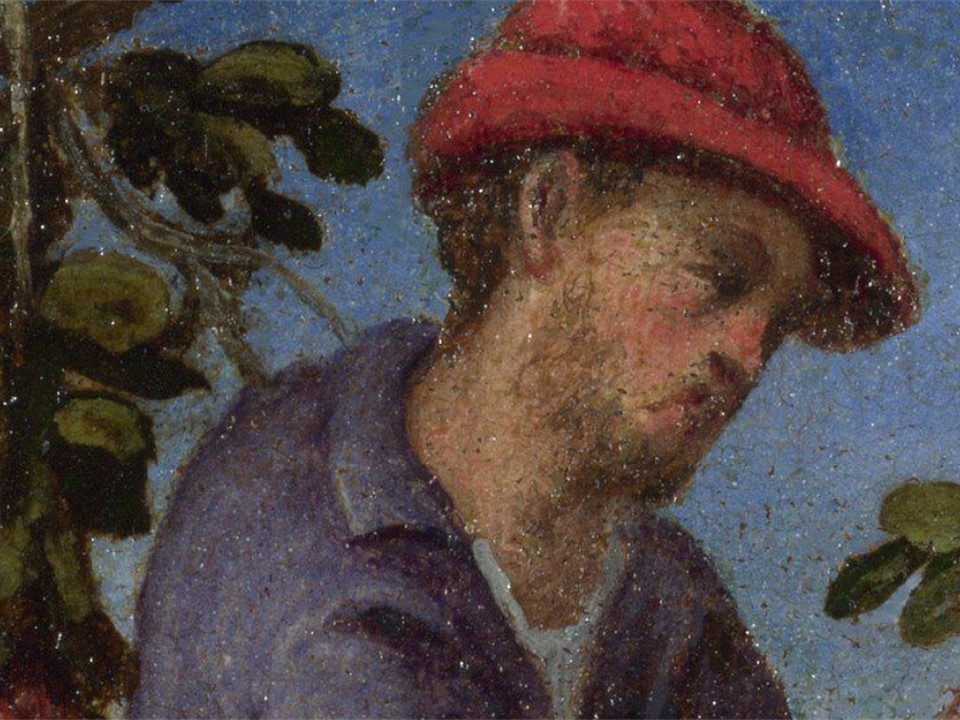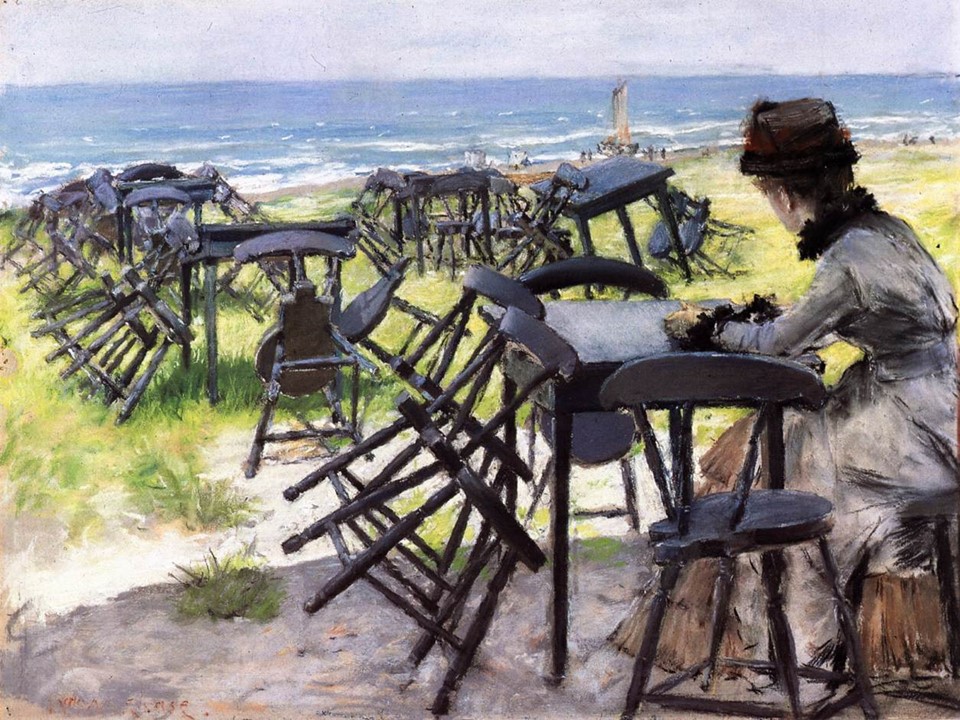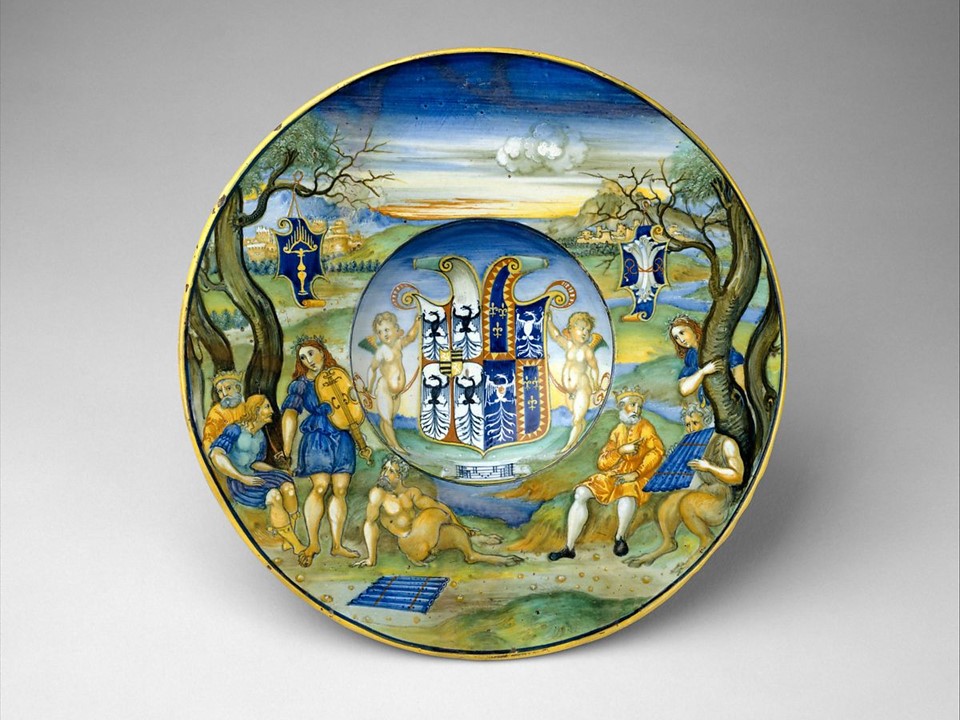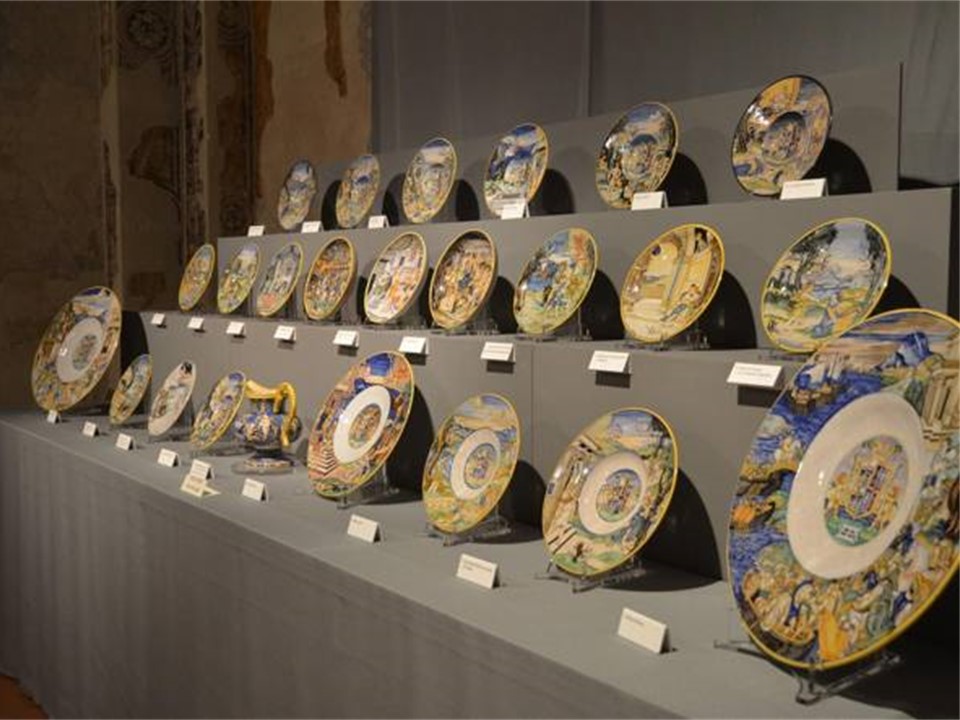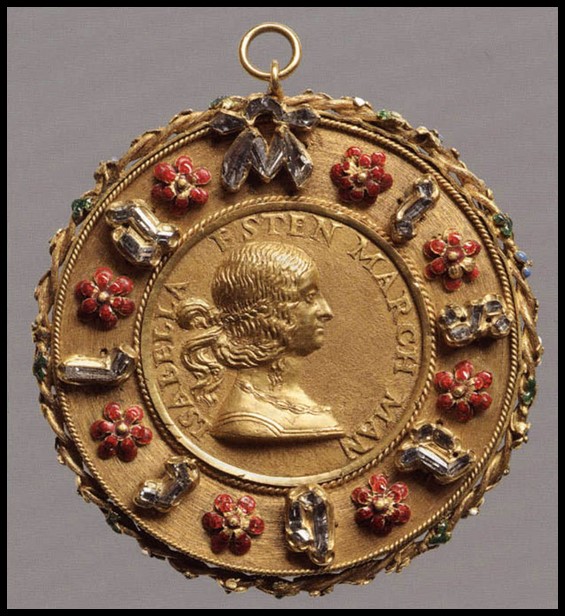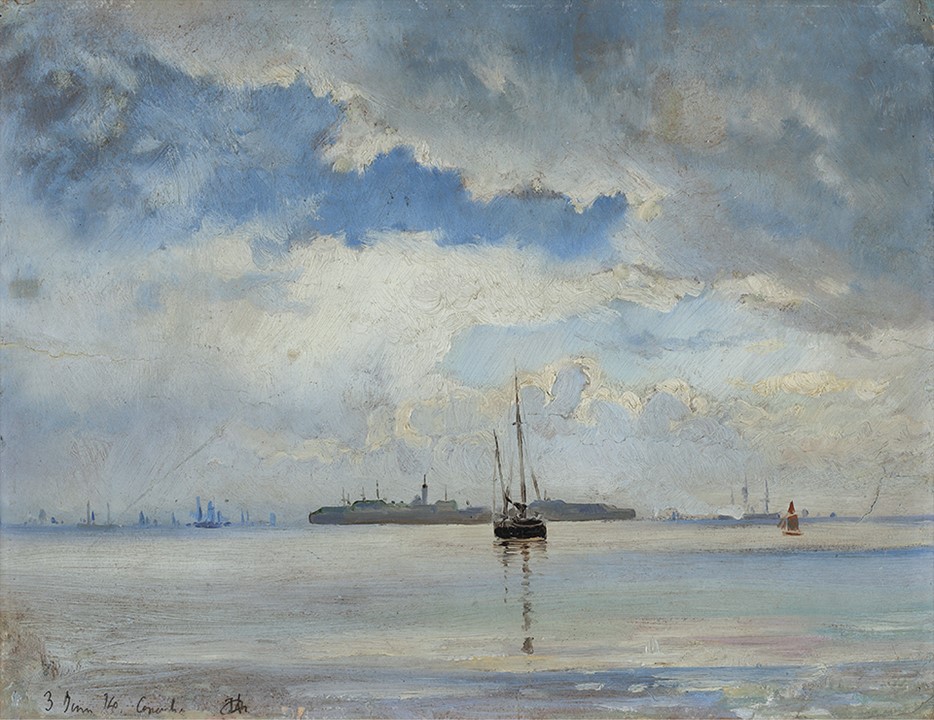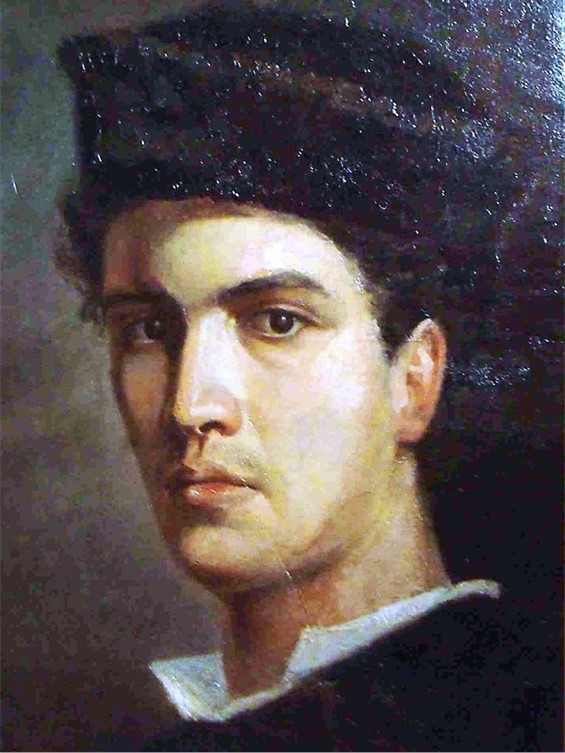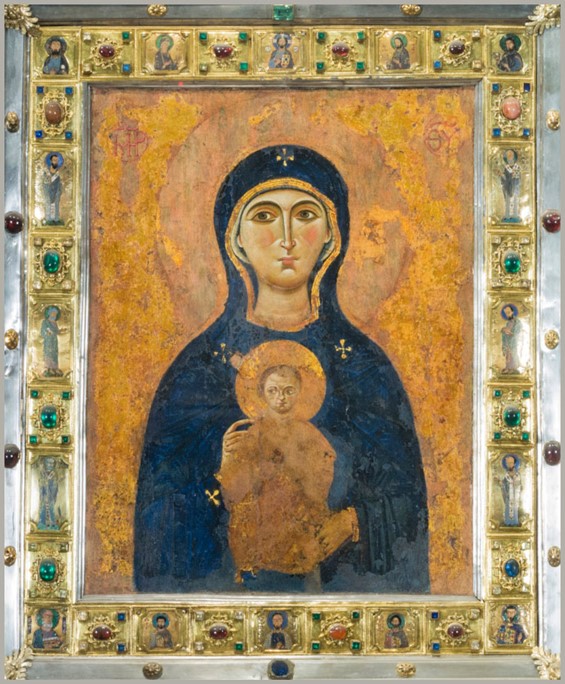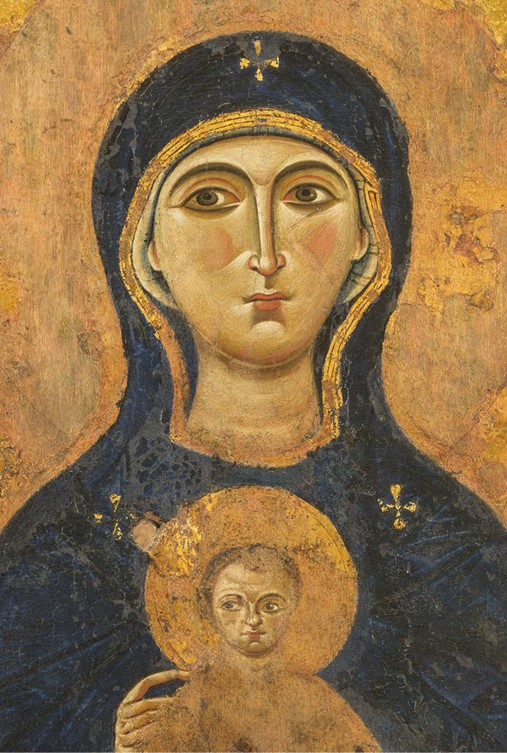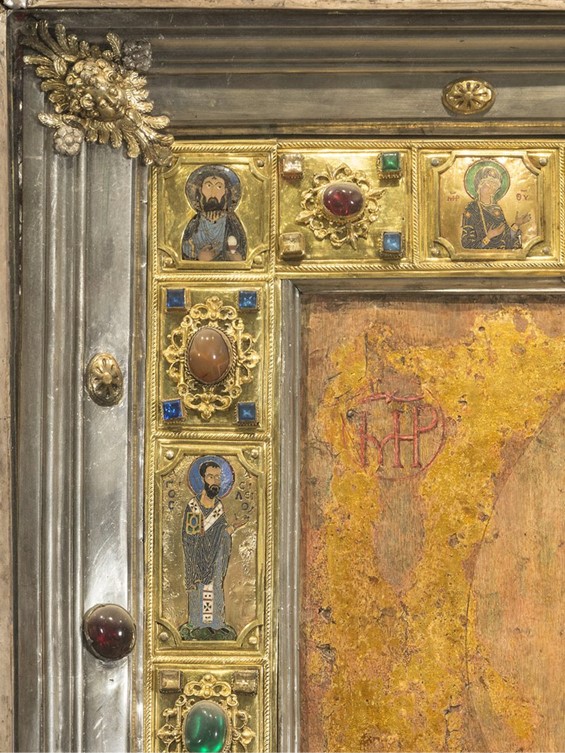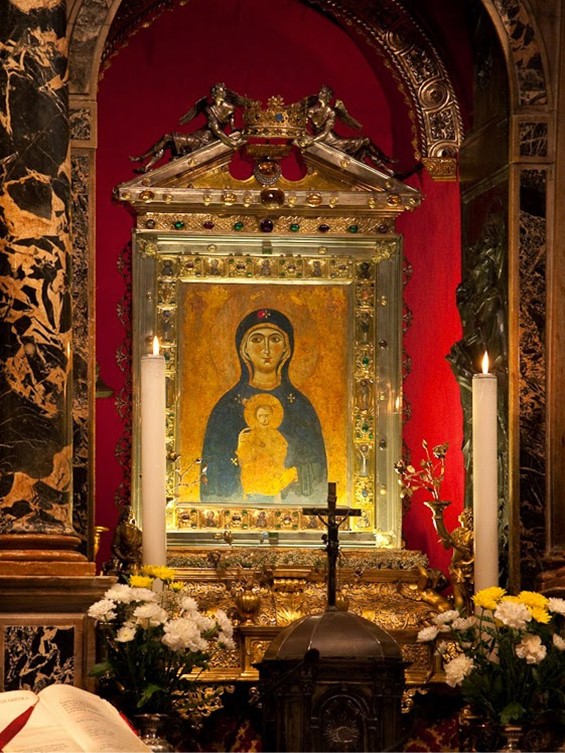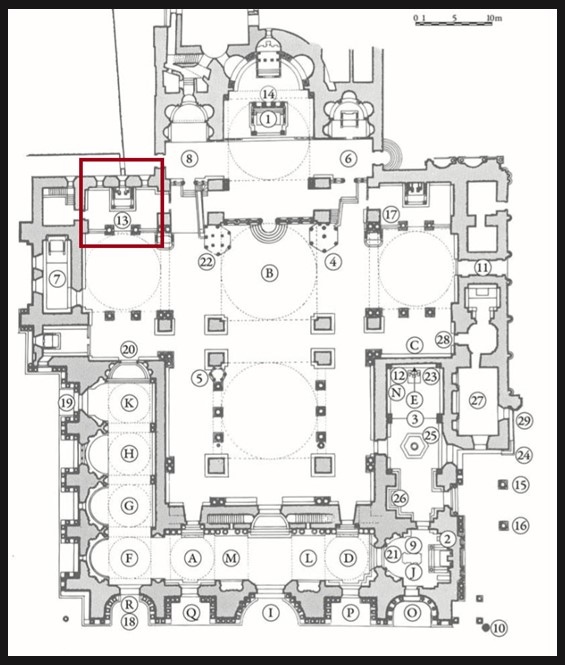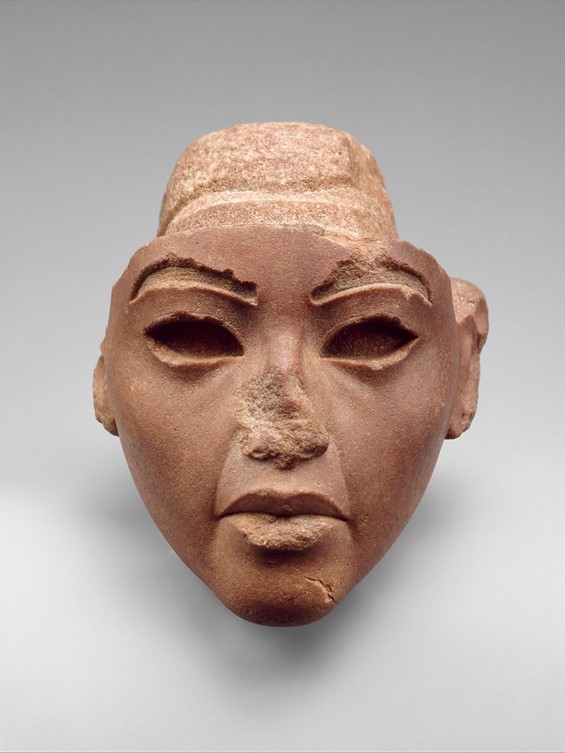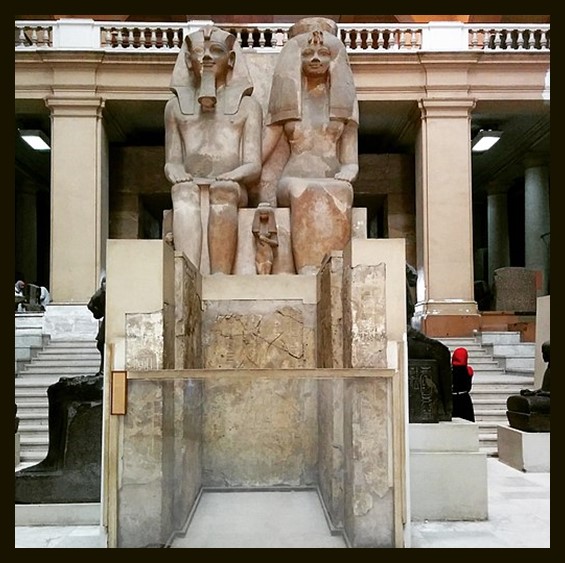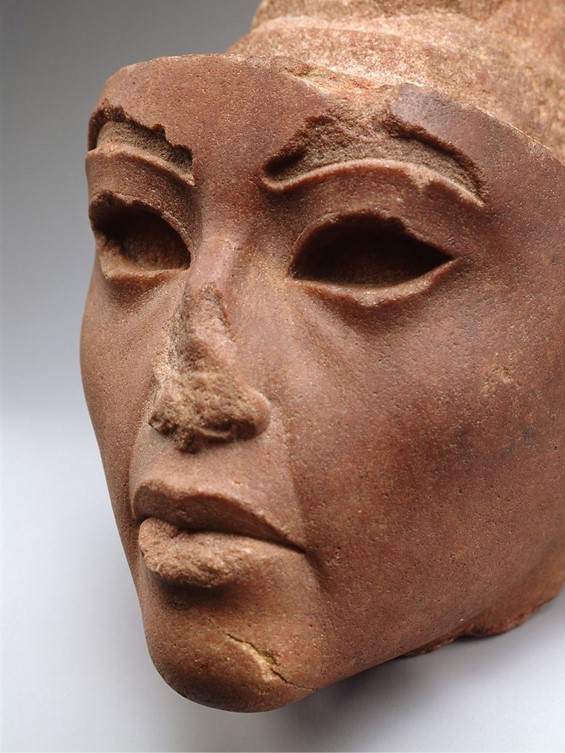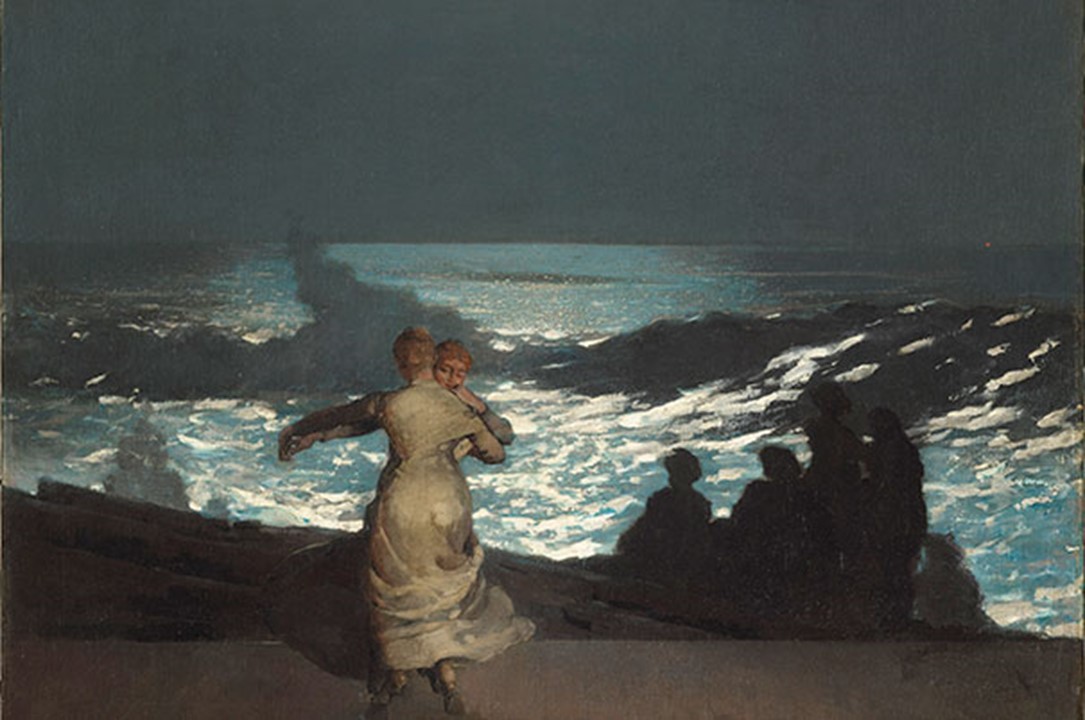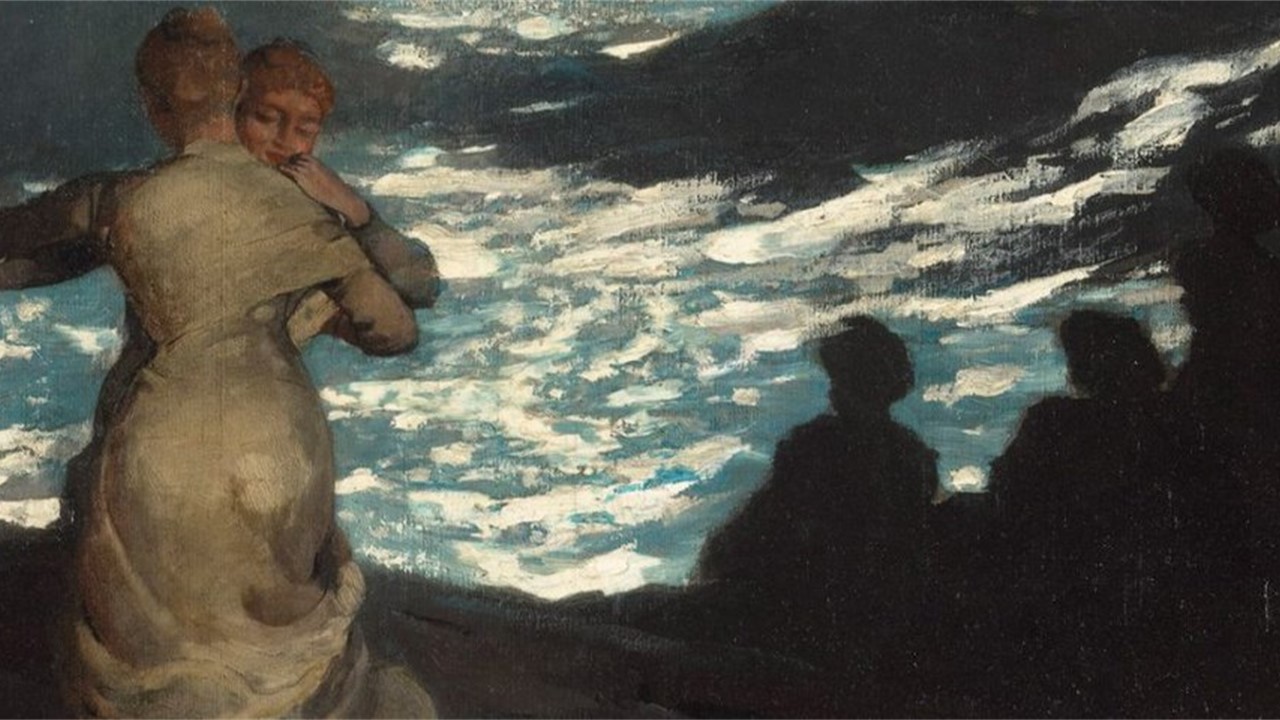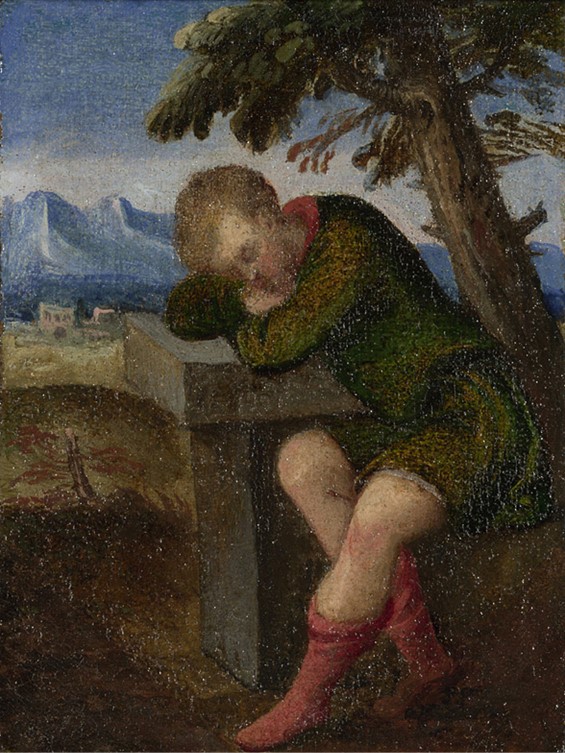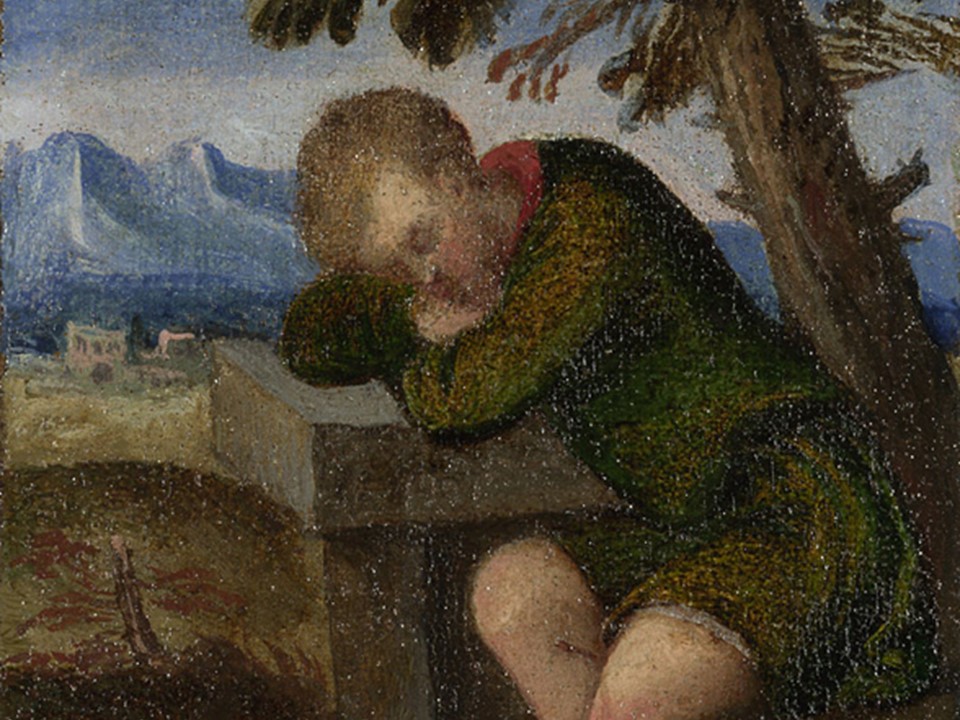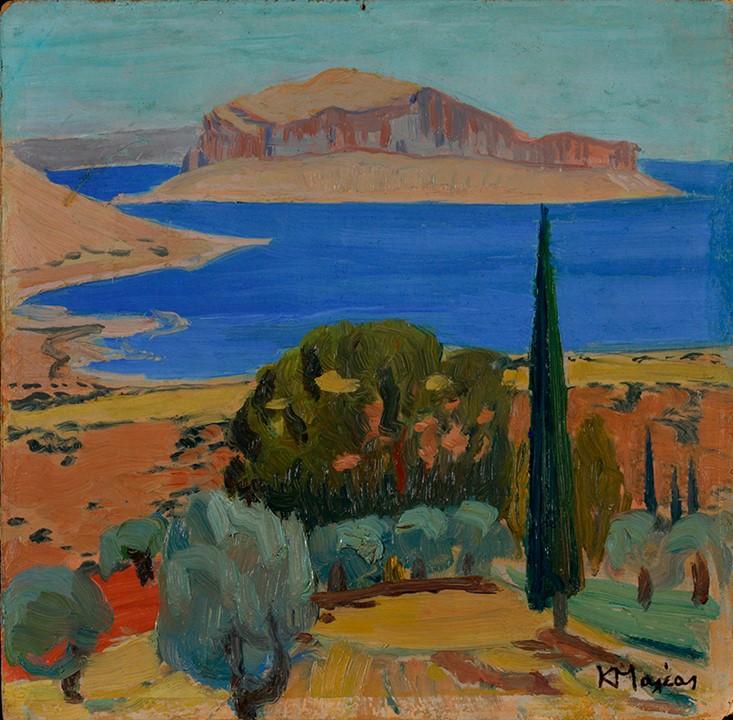
Monemvasia (Houses at Monemvasia), 1920-28, oil on cardboard, 50 x 57.5 cm
https://museum.bankofgreece.gr/topoianaforas/modern_greek_art/504_Maleas_en.html
Monemvasia by Konstantinos Maleas is one of my favourite paintings…of a city rugged, wildly beautiful, and very historic according to the Byzantine Chronicle of Monemvasia …Τότε δη και οι Λάκωνες το πατρώον έδαφος καταλιπόντες οι μεν εν τη νήσω Σικελίας εξέπλευσαν, οι και εις έτι εισίν εν αυτή εν τόπω καλουμένω δέμεννα και δεμενίται αντί Λακεδαιμονιτών κατονομαζόμενοι και την ιδίαν των Λακώνων διάλεκτον διασώζοντες. Οι δε δύσβατον τόπον παρά τον της θαλάσσης αιγιαλόν ευρόντες και πόλιν οχυράν οικοδομήσαντες και Μονεμβασίαν ταύτην ονομάσαντες διατο μίαν έχειν των εν αυτώ ειςπορευομένων την είςοδον εν αυτή τη πόλει κατώκησαν μετά και του ιδίου αυτών επισκόπου. (…That was the time (maybe 9th century) when the Laconians abandoned their Homeland, some traveled to Sicily – where they live until today, in Demenna, and are called Demenitai instead of Lacedaemonians – still using the Laconian Dialect. Some others discovered an inaccessible place, by the sea-shore, where they established a new city, and they named it Monemvasia, because it has only one entrance. This is the city they inhabited along with their Bishop.) https://chilonas.files.wordpress.com/2020/06/cea0ce91cea1ce91cea1cea4ce97ce9cce91-ce94-cea7cea1ce9fce9dce99ce9ace9f-ce9cce9fce9dce95ce9cce92ce91cea3ce99ce91cea3.pdf
Maleas’s painting of Monemvasia belongs to the Bank of Greece which acts as a guardian and disseminator of Greek culture through the activities of its Centre for Culture, Research, and Documentation. In 1928 the Bank began collecting artworks, gradually forming a core of creations by painters of the 19th and the beginning of the 20th century, who stand out in Greek art history. Up to this day, the Collection comprises around 3,000 works of painting and printmaking, as well as a small number of sculptures, dating until nowadays and highlighting different aspects of Greek art. What an amazing achievement! https://www.bankofgreece.gr/en/the-bank/culture and https://museum.bankofgreece.gr/topoianaforas/index_en.html#home-slider
Monemvasia by Konstantinos Maleas, one of the masterpieces acquired by the Bank of Greece for its Art Collection, is a painting created by the artist during his mature, later period. In 2018, an Exhibition at the Benaki Museum, titled Frames of Reference from the Bank of Greece Collection was organized to celebrate the 90-year anniversary of the Bank’s start of operations, and Maleas’s painting of Monemvasia was presented with great acclaim. https://museum.bankofgreece.gr/topoianaforas/index_en.html#home-slider
The Exhibition experts introduce us to the painting in a masterful way… We are standing on high ground, facing a slope that winds down to the sea and the distant horizon. In the background, the rock of Monemvasia stands grandiose. The landscape is depicted in overlaid colour zones, for us to observe, successively, the slope, the trees, the sea and the rock. The choice of clear and bright colours is interesting, as they capture the intensity, the glow, and the purity of Greek light. The painterly world of Maleas, who has brought a new perspective to modern Greek painting, is defined by geometry. He designs his landscapes with a penetrating look, expressiveness, and wisdom. Details are simplified, reduced to the essentials. The pines are elliptical in shape, the cypress has the form of a cone, and the sea is rendered with a single shade of blue. Yet, the composition as a whole is far from simplistic, as the streamlined individual elements, coupled with the use of very bright colours, bestow it with pulse and rhythm. https://museum.bankofgreece.gr/topoianaforas/modern_greek_art/504_Maleas_en.html
For a Student Activity, please… Check HERE!
